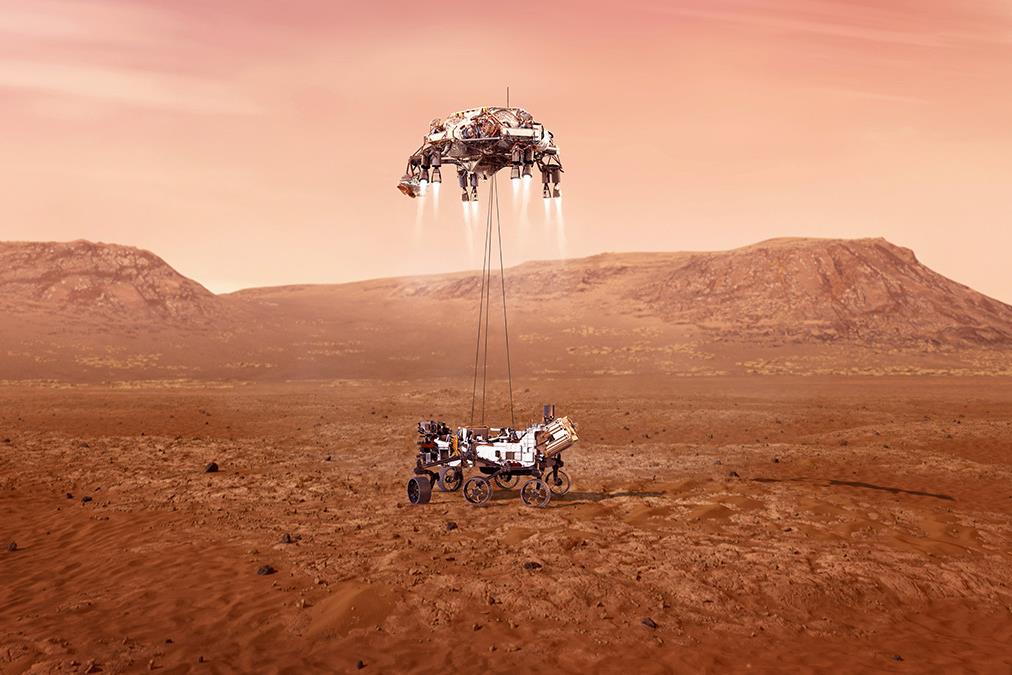Mars’ moons are likely to provide evidence of traces of ancient life on Mars, according to experts from Japan’s Space Agency (JAXA).
In his study, Hjodo Rjuki and Usui Tomohiro take a look at current efforts to study the Red Planet over the next 10 years, according to science education news portal Phys.org.
These include the collection of rock samples from NASA’s Martian Perseverance in Crater Lake. NASA also plans to send a spacecraft to Mars in the 2030s to take samples back to Earth.
Japan wants to send spacecraft to the two Mars moons before the end of the decade and return them to Earth with samples.
According to Hjodo and Usui, both moons of the red planet – Phobos and Deimos – are smaller than Earth’s moon and much closer to Mars than the Moon is to our planet.

Writing in the scientific journal Science, the researchers explained that space probes sent to study the surface of Mars can only study a very small area. As they wrote, it is as if a spacecraft is landing in the middle of the desert: you will find evidence of life, but only a tiny fraction of reality.
By contrast, experts say spacecraft exploring the moons of Mars will likely be more fortunate.
As he was remembered, the results of previous research indicated that Mars might have once been a wet planet.
Previous studies have also shown that many asteroids have struck Mars over millions of years. In the aftermath of some big collisions, bits of the Martian surface have been flung into space, and one of these pieces has even been identified on Earth.
According to Japanese experts, some “fallen” pieces of Mars may have undoubtedly fallen on the surface of one or even two moons of the planet, and since both moons have an almost completely sterile environment, they may have preserved traces of ancient life.






